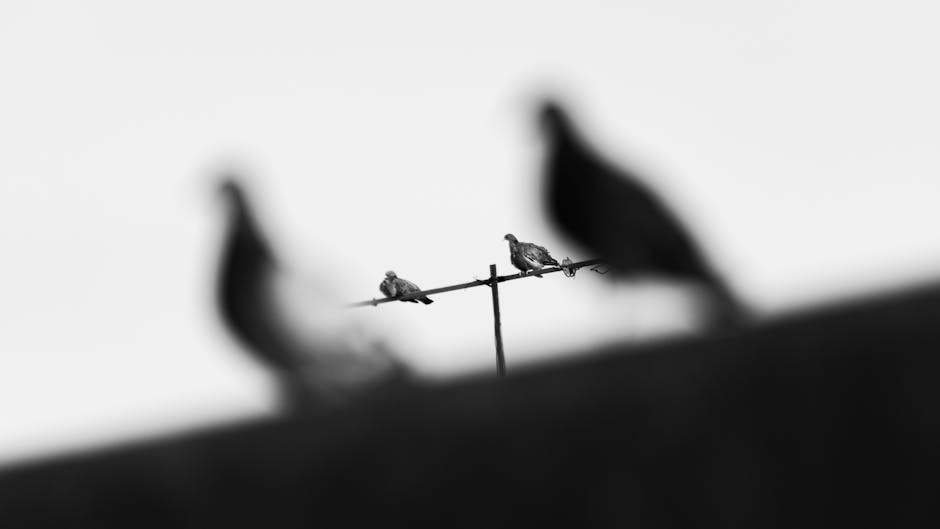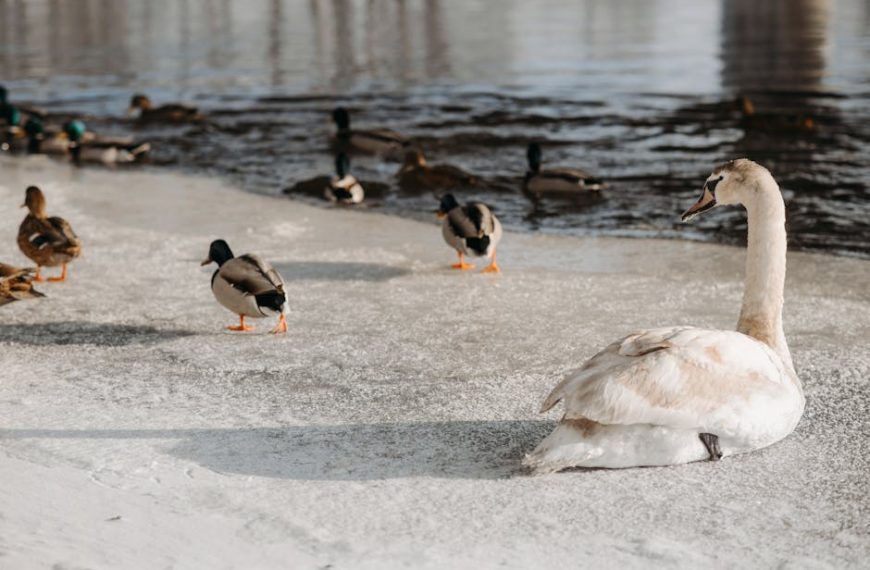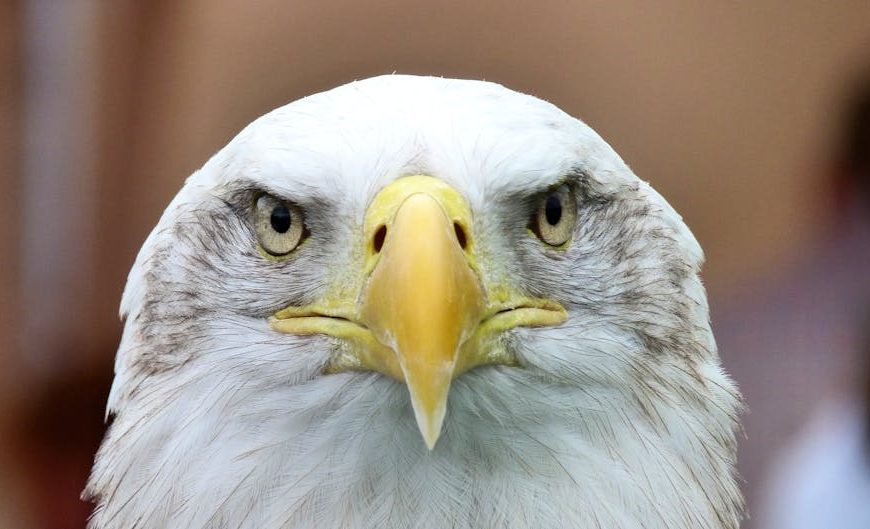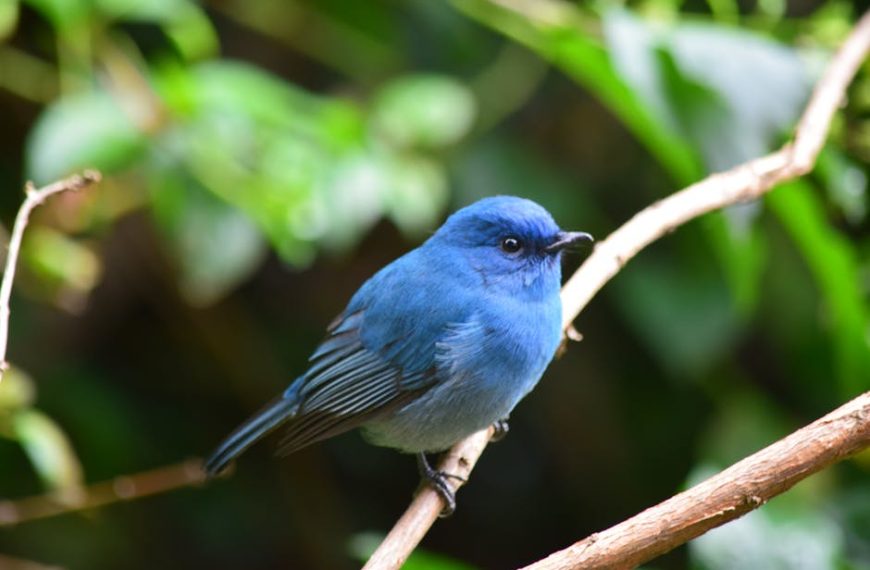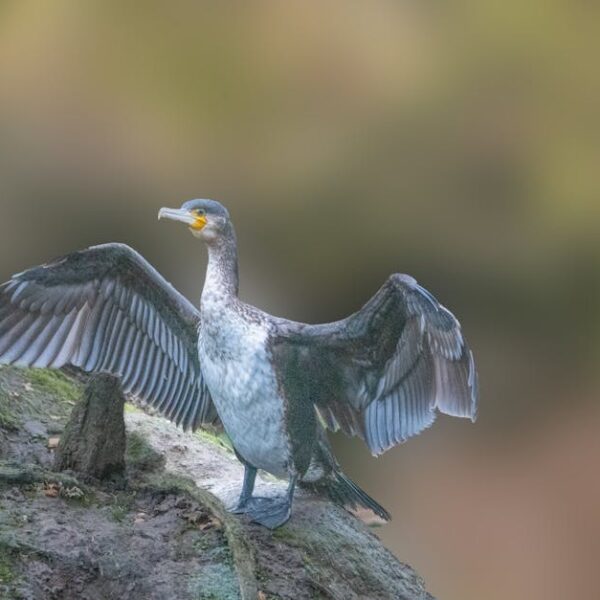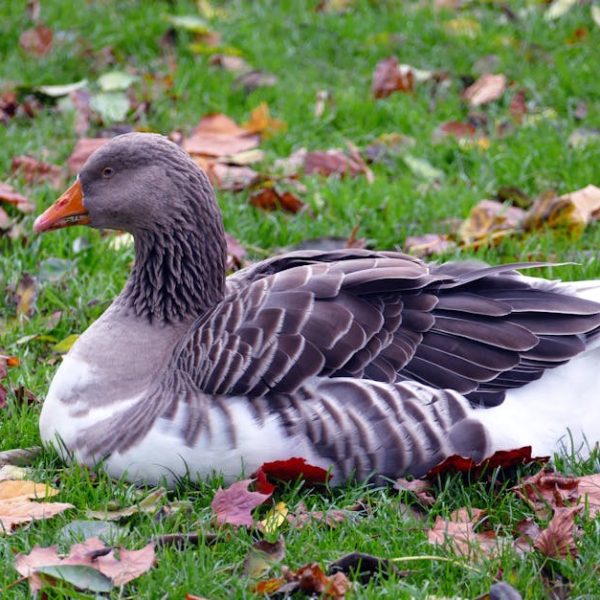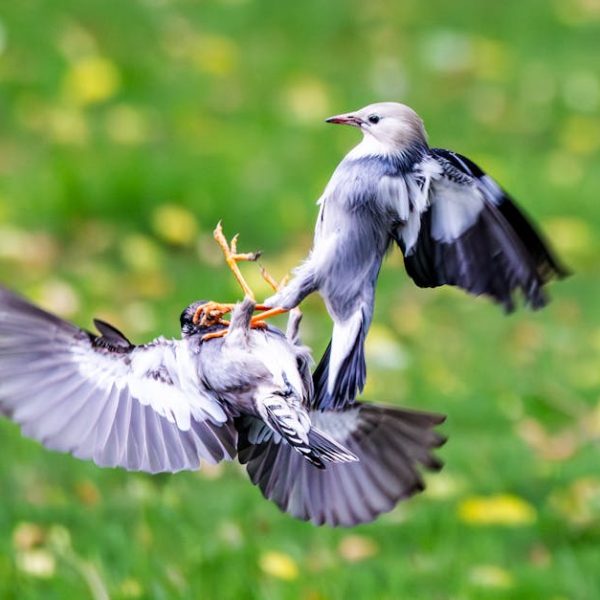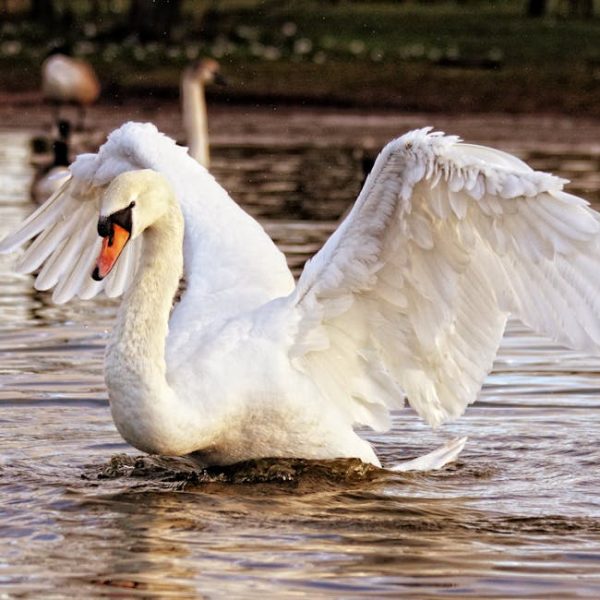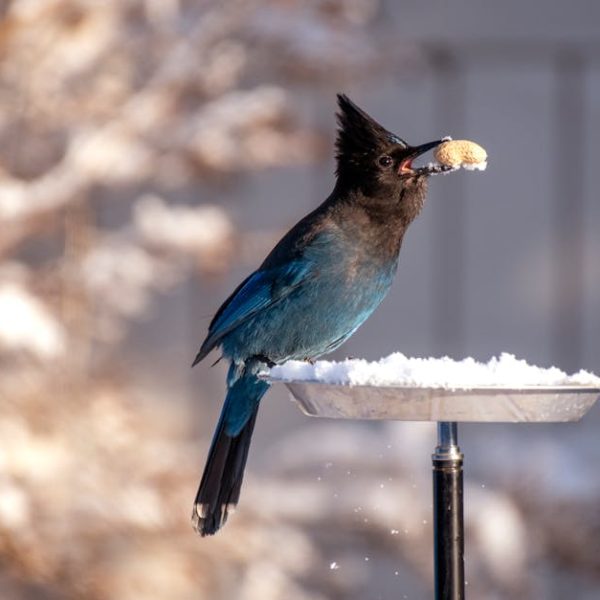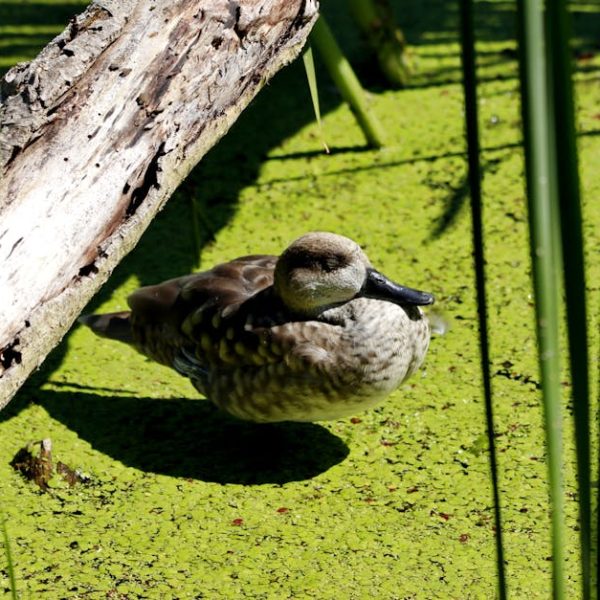Among the common sights we encounter in our day-to-day lives, one that stands out is the spectacle of birds perched on electrical wires. This occurrence often generates a sense of intrigue. If humans, or any other creature for that matter, met with the high voltage current coursing through these wires, the result would be catastrophic. But why then do the feathered inhabitants of the sky alight upon them undeterred?
Understanding the Basic Phenomenon: Birds Perching on Wires
The sight of birds on wires, while commonplace, rouses questions grounded in the potentially dangerous nature of the act. Electrical wires carry high voltage currents, lethal if contacted by humans who act as conductors, grounding the current. Yet, birds of varying species often use these overhead lines as convenient perching spaces.
From the bird’s perspective, there are tangible benefits. Firstly, these wires provide an elevated view, making it easier to spot food or potential predators. Secondly, the lines offer a resting place that is typically free from human interaction.
However, there are potential negatives. High-speed and gusty winds can make these perches precarious. Furthermore, large congregations of birds on power lines can sometimes lead to power surges that end in tragic bird fatalities.
Explanation of Electrical Currents and Bird Safety
The fundamental question centers around how birds can perch safe from electrocution. Understanding how electricity and electrical flows function is pivotal to the answer. Contrary to popular misconceptions, birds are not immune to electricity. Nonetheless, they stay safe when perched on wires owing to several key factors.
For electricity to flow, we need a circuit or a pathway, and importantly, electricity chooses the path of least resistance. Now consider a bird sitting on an electrical wire. It acts as a potential channel for electricity to travel, but without ‘grounding’, the current will not pass through the bird. Grounding, in this context, refers to the direct physical connection with the earth, providing the mentioned path of least resistance.
Understanding the cruciality of grounding helps comprehend why birds remain safe:
- The electrical current in the line flows from the high voltage zone to a lower one.
- Birds on the wire are not grounded, meaning there isn’t a lower resistance path through them to the earth.
- As a result, the current continues along the line, leaving the bird unaffected.
The Role of Bird Physiology in Preventing Electrocution
A bird’s physiology, specifically its feet, also plays a part in their safety on electrical wires. The distance between their feet—determining whether it constitutes a short path for the current to travel—provides another layer of protection from electrocution. In addition, the size of the bird and the voltage level of the wire can influence their safety.
For instance:
- Larger birds, such as eagles and hawks, run a higher risk as their wings may touch another wire while sitting on one, creating a deadly circuit.
- Wires with higher voltage levels are more dangerous. As voltage increases, the current can jump gaps more easily, potentially arcing between the bird’s feet or from a wing to another wire.
This preliminary understanding of why birds perch on wires without facing electrocution sets the scene for further exploration into other factors at play in this everyday mystery.
Non-Electrical Reasons Why Birds Choose Wires as Perches
Apart from the puzzling electrical dynamics, birds perch on electrical wires for various non-electrical reasons as well. These are strongly tied to their survival instincts and social behavior.
One significant factor is visibility. Perched high up on the wires, birds achieve an excellent vantage point. From here, they can easily spot their food, keep an eye out for potential threats, and take flight quickly if needed.
Additionally, power lines provide a place for social interactions. Birds often chirp, communicate, rest collectively, and even take part in mating rituals while on these wires. These open-air gatherings act as a social glue, strengthening their flock dynamics.
Despite these advantages, choosing power lines as perches doesn’t come without risks. The wires put the birds in close proximity to humans, making them more susceptible to poaching. Also, certain avian predators can fly up to the power lines, presenting another potential danger.
How Bird-Proofing of Electrical Lines is Done to Prevent Accidents
Despite the bird’s remarkable adaptation to the risks involved, accidents do occur, especially when they touch two wires simultaneously or when the power lines are not adequately insulated. To minimize such events, electrical companies implement various bird-proofing measures. These would include the usage of bird diverters, flight diverters, perch guards, and insulation of overhead lines.
For the communities and individuals, there are ways to pitch in:
- Encourage local power companies to adopt bird-proofing strategies.
- Install birdhouses or poles to provide safer perching alternatives.
- Educate others about this issue and encourage proactive measures.
✔️ Bird Safety Checklist:
- ☑️ Check local power lines for bird activity.
- ☑️ Report any dangerous situations to your local power company.
- ☑️ Advocate for bird safety measures and spread awareness in your community.
- ☑️ Establish bird-friendly environments in your backyard or local area.
In conclusion, understanding why birds can perch on wires without getting electrocuted depends on understanding how electricity functions, the role of grounding, and the particular aspects of bird physiology. Their choice of wires as perches also ties in with their need for visibility and socialization. Our awareness about this phenomenon and the actions we can take can contribute to ensuring their safety.
Key Takeaway:
- Birds are able to perch on electrical wires without getting electrocuted due to certain electrical principles and elements of their own physiology.
- Electricity needs a path to flow through, and the birds are safe because they do not provide this pathway. Understanding the concept of grounding is essential to this phenomenon.
- The size of the bird, the distance between their two contact points (their feet), and the level of voltage in the wire are additional factors that influence a bird’s safety on wires.
- Besides the electrical reasons, birds choose power lines as perches due to various non-electrical factors like visibility, social interaction, and a means to escape from threats quickly.
- Electrical companies take steps to bird-proof their power lines to prevent bird electrocution. The public can also participate in this endeavor by insisting on bird safety measures and establishing bird-friendly environments.
As you appreciate the spectacle of birds perched on electrical wires, you can now understand the intriguing mystery surrounding their safety. As we carry our curiosity further into understanding nature’s secrets, we also hold a responsibility to ensure the safety of these fascinating creatures. With awareness and collective action, we can contribute to making their lives safer, one power line at a time.
FAQs
Q: How exactly does a bird’s physiology help in preventing electrocution?
A: Birds have a shorter pathway between their feet which can prevent electrical currents from flowing through them. Also, their body size can influence the gap the current needs to jump, adding an extra layer of security from electrocution.
Q: Why is grounding important for electricity to flow?
A: Grounding is like an expressway for electricity to travel, providing a path of least resistance. When a bird perches on a wire, it doesn’t provide this path, thereby remaining safe from the electric current.
Q: Does the size of the bird affect its chances of getting electrocuted?
A: Yes, it does. Bigger birds have a higher risk as their wings may touch two wires at once, creating a deadly circuit.
Q: What is the role of voltage in bird electrocution?
A: Higher voltage levels can increase the risk, as the currents at this level can jump gaps more easily, potentially arcing between the bird’s feet or from a wing to another wire.
Q: How can individuals and communities contribute to bird safety on power lines?
A: People can actively report any unsafe conditions around power lines, encourage power companies for bird-proof measures, and establish bird-friendly environments in their own localities.
Feel free to share this enlightening article and explore more posts on our website!
